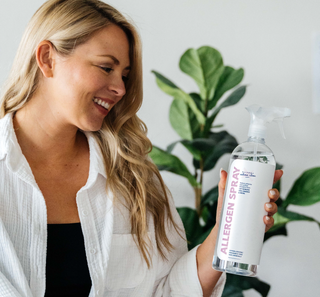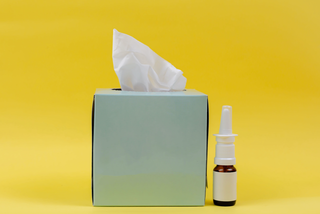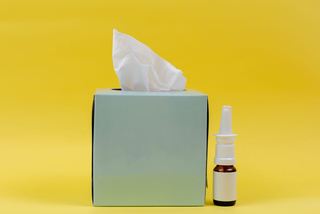The Connection Between Asthma and Humidity
Humidity refers to the amount of moisture in the air, and it can greatly influence how asthma patients feel. High humidity levels can make the air feel heavier, causing individuals with asthma to experience difficulty breathing. This is because humid air can increase the amount of allergens, such as dust mites and mold, which thrive in moist conditions. Additionally, high humidity may also worsen the effects of outdoor pollutants and ozone levels, further irritating the airways of those with asthma.
Conversely, low humidity can lead to dry air, which might irritate the respiratory tract and trigger asthma symptoms, too. Therefore, maintaining an optimal indoor humidity level is crucial for asthma management.
Managing Humidity for Asthma Relief
Understanding the impact of humidity on asthma is one thing, but managing it effectively is another. Here are some practical steps you can take to control humidity levels and potentially reduce asthma triggers:
Use a Hygrometer
A hygrometer is a handy tool that measures the humidity level and temperature in your home. They are inexpensive gadgets that cost in the ten dollar range. They easily fit on a table as they are about 3" by 3". Tiny! By regularly monitoring indoor humidity, you can ensure it remains within the recommended range of 30-50%. This range is ideal for minimizing asthma triggers while preventing mold growth.
Invest in a Dehumidifier
In areas with high humidity, dehumidifiers can be invaluable. These devices help remove excess moisture from the air, making it easier for asthma patients to breathe. Place dehumidifiers in areas prone to dampness, such as basements or bathrooms, to maintain a comfortable environment.
Maintain Proper Ventilation
Good ventilation is key to regulating humidity levels. Ensure that your home is well-ventilated by using exhaust fans in kitchens and bathrooms, and by opening windows when weather permits. This helps to circulate air and reduce indoor humidity.
Personal Experience and Solutions
As someone who has dealt with asthma for years, I understand the challenges it brings. By controlling humidity levels, you can create a safer, more comfortable environment for yourself or your loved ones. Remember, understanding and managing asthma triggers, like humidity, may lead to fewer attacks and a better quality of life.
Together, we can work towards reducing the burden of asthma and allergies.


















